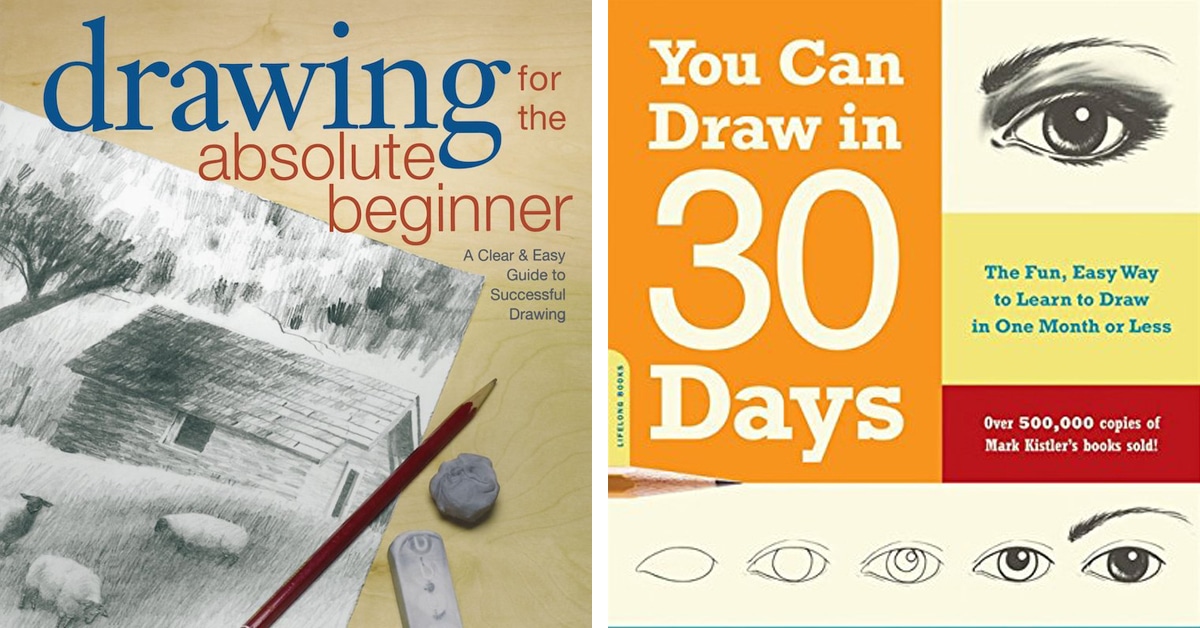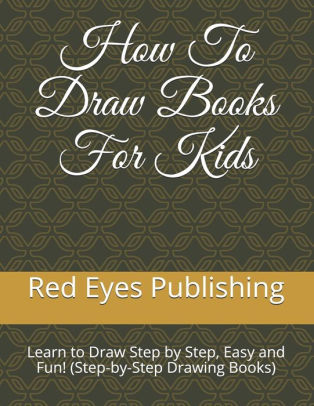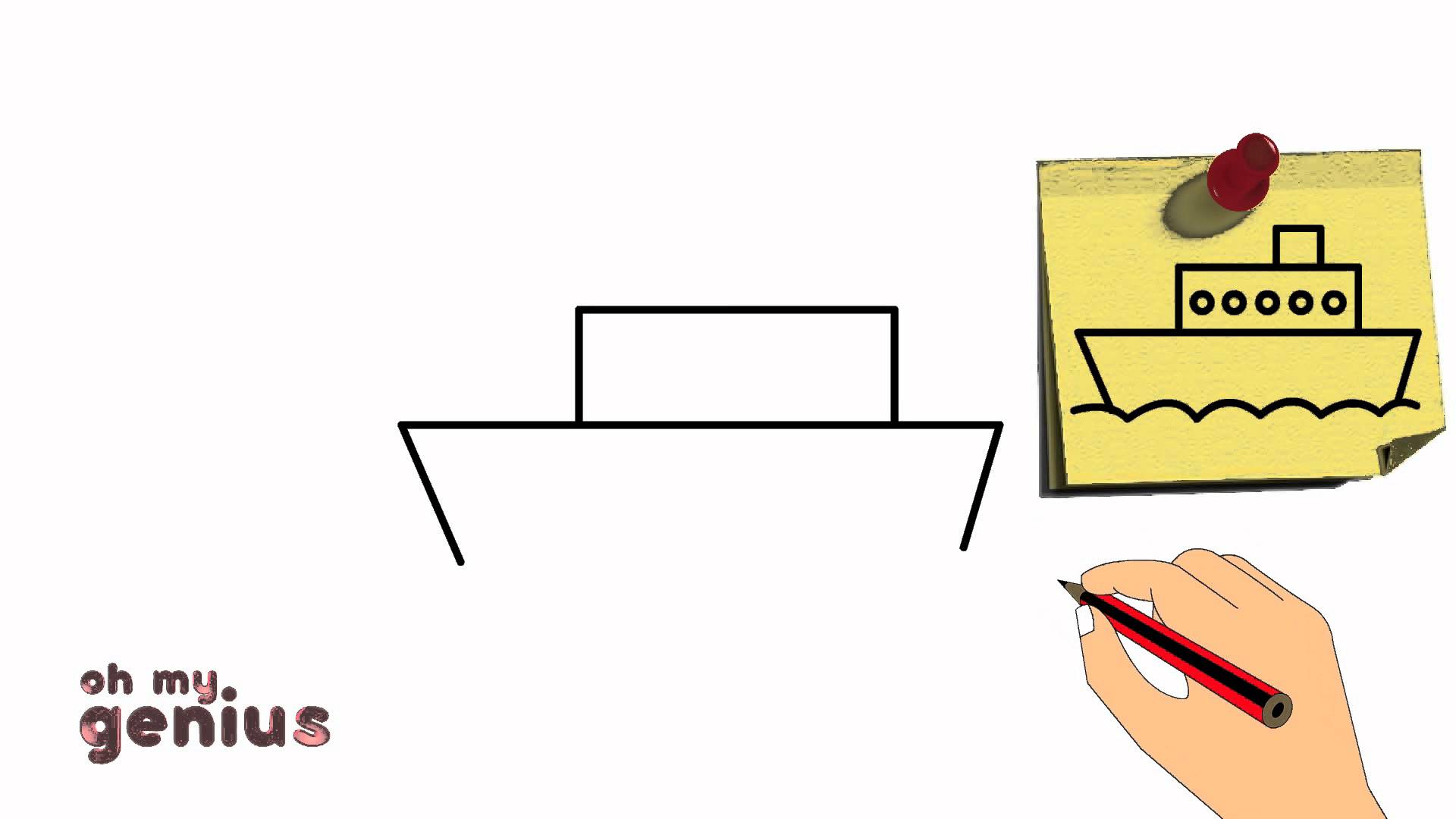Ameba stat
Table of Contents
Table of Contents
If you’re an adult who has always wanted to learn how to draw but doesn’t know where to start, you’re not alone. Drawing is a skill that can seem daunting, especially if you haven’t practiced since childhood. However, with the right resources and guidance, anyone can learn how to draw and hone their skills.
Pain Points
One common pain point for adults who want to learn how to draw is not knowing where to start. With so many resources available, it can be overwhelming to determine which books or tutorials are the best for beginners. Additionally, many adults may not have the time or resources to take formal art classes. Finally, some adults may feel intimidated by the thought of learning a new skill later in life.
Answering the Target
Fortunately, a wide range of learn how to draw books for adults are available that cater to different skill levels and artistic interests. These books can be a great starting point for those who are just beginning to learn how to draw. Most importantly, they offer the flexibility to learn at one’s own pace and the freedom to revisit concepts as needed.
Summary of Main Points
In this article, we have discussed the pain points that many adults face when trying to learn how to draw. We have also highlighted the availability and flexibility of learn how to draw books for adults. Whether you’re a new artist or someone who wants to improve your existing skills, these books can be a valuable resource.
Target: Beginner Artists
When I first decided to learn how to draw, there were so many different options available that I didn’t know where to start. However, after doing some research, I decided to pick up a few beginner-level learn how to draw books for adults. These books were incredibly helpful in breaking down fundamental concepts, like line and shading, and provided step-by-step guidance on how to approach different types of drawing. They also offered a variety of exercises to practice these techniques and build confidence.
 If you’re a complete beginner, I recommend starting with a book that focuses on the basics of drawing. These books typically cover topics such as line, shape, proportion, and shading. Some popular beginner-level learn how to draw books for adults include “How to Draw What You See” by Rudy De Reyna and “Drawing for the Absolute Beginner” by Mark and Mary Willenbrink.
If you’re a complete beginner, I recommend starting with a book that focuses on the basics of drawing. These books typically cover topics such as line, shape, proportion, and shading. Some popular beginner-level learn how to draw books for adults include “How to Draw What You See” by Rudy De Reyna and “Drawing for the Absolute Beginner” by Mark and Mary Willenbrink.
Target: Intermediate/Advanced Artists
Once you’ve mastered the basics of drawing, you may want to move on to more advanced techniques and styles. Advanced learn how to draw books for adults can help you take your skills to the next level and develop your personal style. These books often focus on specific subjects, such as figure drawing, perspective, or texture.
 As someone who has been drawing for a few years, I have found advanced books like “Figure Drawing for All It’s Worth” by Andrew Loomis and “Perspective Made Easy” by Ernest Norling to be incredibly useful. These books offer in-depth instruction on complex topics and provide a wealth of examples for practice and inspiration.
As someone who has been drawing for a few years, I have found advanced books like “Figure Drawing for All It’s Worth” by Andrew Loomis and “Perspective Made Easy” by Ernest Norling to be incredibly useful. These books offer in-depth instruction on complex topics and provide a wealth of examples for practice and inspiration.
Detailed Explanations and Examples
For those who want to learn how to draw a specific subject, such as animals or landscapes, there are also many specialized learn how to draw books for adults available. These books offer detailed explanations and examples of how to approach different subjects, as well as opportunities to practice specific techniques.
 For example, if you’re interested in drawing animals, there are books like “How to Draw Animals” by Jack Hamm and “Drawing Animals” by Giovanni Civardi that provide step-by-step guidance on how to approach different types of creatures.
For example, if you’re interested in drawing animals, there are books like “How to Draw Animals” by Jack Hamm and “Drawing Animals” by Giovanni Civardi that provide step-by-step guidance on how to approach different types of creatures.
Personal Experience
One of my favorite learn how to draw books for adults is “Drawing on the Right Side of the Brain” by Betty Edwards. This book focuses on the idea that everyone has the ability to draw, regardless of natural talent or experience. It offers a unique approach to drawing instruction that emphasizes using the right side of the brain to see the world from a different perspective.
 One of the exercises from the book that I found particularly helpful was drawing a self-portrait by looking at my reflection in a mirror. This exercise emphasized the importance of seeing the world as it truly is, rather than relying on preconceived notions or symbols. Overall, I found this book to be a helpful and inspiring resource for anyone who wants to learn how to draw.
One of the exercises from the book that I found particularly helpful was drawing a self-portrait by looking at my reflection in a mirror. This exercise emphasized the importance of seeing the world as it truly is, rather than relying on preconceived notions or symbols. Overall, I found this book to be a helpful and inspiring resource for anyone who wants to learn how to draw.
Question and Answer
Q: What should I look for in a learn how to draw book for adults?
A: When choosing a learn how to draw book for adults, consider your skill level and artistic interests. Look for books that provide clear and concise instruction, with plenty of examples and practice exercises. Consider whether you want a book that focuses on specific subjects or techniques, or one that covers a range of topics. Finally, make sure the book offers a format that works for your learning style, whether that’s step-by-step instruction or more open-ended guidance.
Q: Can learn how to draw books for adults really help me improve my skills?
A: Yes! Learn how to draw books for adults can be a valuable resource for improving your skills and building your confidence. These books offer structured guidance and opportunities for practice, which can be helpful for those who are just starting out or looking to improve their existing skills.
Q: Do I need to take formal art classes to learn how to draw?
A: No, you don’t need to take formal art classes to learn how to draw. While classes can certainly be helpful, learn how to draw books for adults offer a flexible and cost-effective way to learn at your own pace. As long as you have the desire to learn and the willingness to practice, you can improve your drawing skills using these resources.
Q: How can I use learn how to draw books for adults to develop my personal style?
A: Learn how to draw books for adults can provide a helpful starting point for developing your personal style. Start by choosing a book that covers the basics of drawing, then experiment with techniques and subjects that interest you. Take inspiration from different artists and styles, and remember that your personal style will develop over time through practice and experimentation.
Conclusion
Whether you’re a complete beginner or an intermediate/advanced artist, learn how to draw books for adults can be a valuable resource for honing your skills and developing your personal style. By choosing a book that caters to your skill level and interests, you can learn at your own pace and gain the confidence to take your drawing skills to the next level.
Gallery
Learn To Draw Books Kmart / LEARN TO DRAW BOOKS 9 Books Ranging From $3

Photo Credit by: bing.com / ameba stat
Best Drawing Books For Learning To Draw | Learn To Draw, Drawings, Cool

Photo Credit by: bing.com /
The Best Books For Learning How To Draw

Photo Credit by: bing.com / drawing draw books absolute beginner anniversary edition learning revised utter 15th alumnae smith watson july guptill
How To Draw Books For Kids: Learn To Draw Step By Step, Easy And Fun

Photo Credit by: bing.com /
10 How To Draw Books That Will Teach You Everything You Need To Know

Photo Credit by: bing.com / draw books everything






